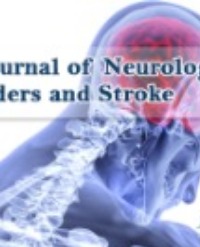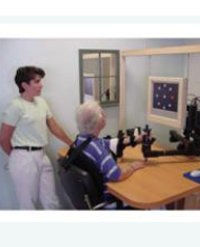
Current Developments and the Potential for Automated Home-Based Music Listening Systems in Dementia Care
People with Dementia (PwD) in the earlier stages still living in their own home experience neuropsychiatric symptoms (NPS) such as stress, frustration and agitation, which affect quality of life and independence, as well as adding strain to carer relations. Listening to preferred or relaxing and calming music has been reported to help manage agitation and have a positive effect on other behavioural and psychological symptoms. This paper discusses current directions in the use of music for these purposes, and ways to deliver the right music to PwD when they need it most. An overall tendency is the development of adaptive technology for facilitating music playlist compilation and music listening that can alter arousal levels and help regulate neuropsychiatric symptoms. This is discussed in the context of supporting people living independently with dementia and potentially being able to remain in their home for longer.
There are several published methodologies for assisting in sourcing and compiling music likely to be personally meaningful and beneficial for PwD, with some helpful apps and online resources such as Playlist for Life that link to Spotify accounts. There is no existing music listening technology readily available that can be: 1. installed in the home environment of PwD, 2. easily located and heard with an effective speaker system, 3. used to alter the environment in order to reduce incidence of agitated behaviour and improve quality of life. Research in this area is required in order to determine whether such technology can be developed and made publicly available that would be effective in prolonging independent living.
Qing Hua Guo¹, Yan Jie Guo², Yao Ping Xing², Shu Qian Zuo¹, Meng Hao Liu¹, Hong Xia Xing²*, and Jie Liu²*


